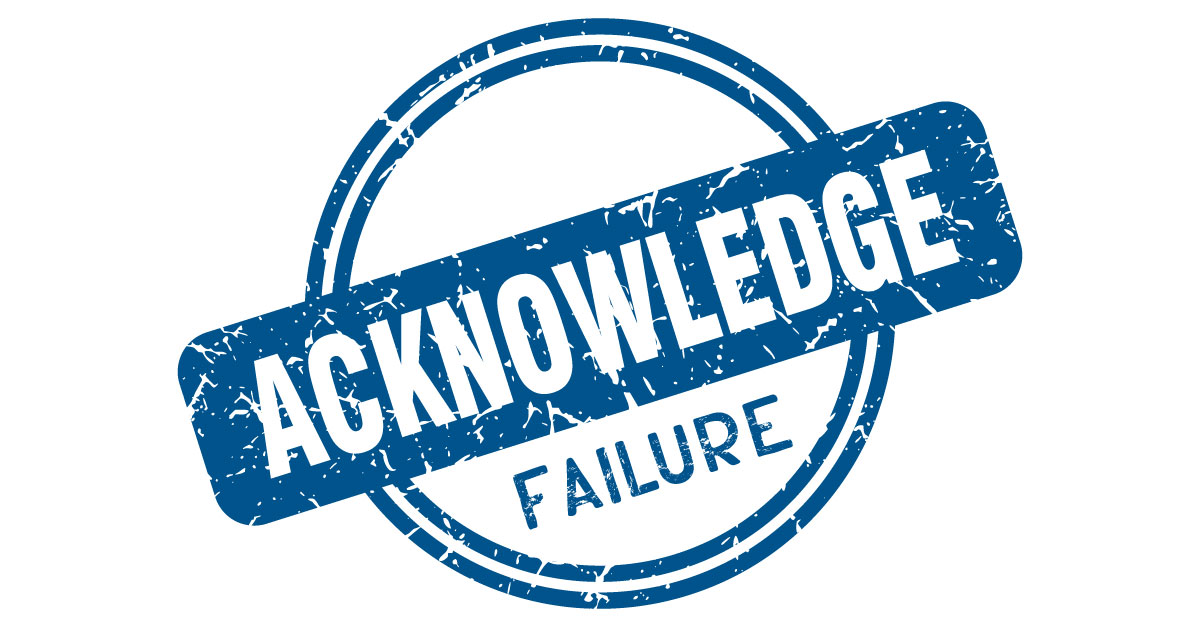
One of the hardest behaviours to overcome as a leader is the compulsion to “be right” or “save face”. Candidly and plainly admitting one has failed is probably the most humbling thing one has to do as a leader and teammate. So much seems to be riding on avoiding being witnessed failing, but the instinct to “save face” is actually highly detrimental to success in leadership and performance.
In the Canadian Army, I had twelve principles of leadership drilled into my head. The first one is, “achieve professional competence and pursue self-improvement”. While this principle requires leaders to display technical excellence, it also heavily implies critical self-reflection and continuous improvement. To be a leader, we have to acknowledge failures and improve upon them. One of the most critical activities in the military, public safety, emergency management, and business continuity industries is the After Action Review (AAR). It requires critical self-reflection by individuals, teams, and organizations to figure out what went well and what didn’t go well in an incident, exercise, or activity. The logical next step is a change plan which, if the AAR was done properly, corrects the conditions and processes that led to suboptimal outcomes.
If industries that deal with life-or-death situations have these norms, it might feel more permissible to acknowledge one’s failures. Yet too often, my first instinctive response is fear of admitting that I have failed. There is a considerable amount of research that explains how common this fear is, and that this usually happens with activities that are new, not well-practiced, and routine. I’ve learned not to give in to it but also not to judge myself for having that perfectly natural fear. Rather than try to avoid it, I do my best to work through it with my rational brain and be quick to acknowledge when I have failed. Quickly acknowledging failure is a best practice for me because it makes me and my teams better at what we do.
A massive quantitative analysis of the dynamics of failure across industries, published in Nature in October 2019, analyzed patterns of failure and discussed the value of failing early and learning from and adapting to causes of failure.* As one of the authors summarized in Scientific American, what contributes to organizations failing completely or succeeding after failure isn’t just working harder or completely scrapping all of the work done before the point of failure: “you have to figure out what worked and what didn’t, and then focus on what needs to be improved instead of thrashing around and changing everything.”** Sounds a lot like that AAR activity…
As I’ve grown (and continue to grow) as a leader and a professional, I’ve learned to acknowledge my failures quickly. It’s not about me or the team, either. It’s about impact and outcomes. The sooner I can pinpoint why I failed, the sooner I can figure out what tweaks or innovations need to occur so I can improve, and then I can get to work on them. Good leaders and good teams acknowledge failures dispassionately and openly and then grow together — until the next failure comes along and the next challenge begins anew.
*Yian Yin, Yang Wang, James A. Evans, and Dashun Wang. 2019. “Quantifying the dynamics of failure across science, startups, and security.” Nature 575: 190-214. doi: 10.1038/s41586-019-1725-y.
**David Noonan. 30 October 2019. “Failure found to be an ‘essential prerequisite’ for success”. In Scientific American. Retrieved 02 October 2019 from https://www.scientificamerican.com/article/failure-found-to-be-an-essential-prerequisite-for-success/
Written by Simon Wells
Gasparotto Group helps organizations create cultures that develop highly effective leaders and build strong, resilient teams.